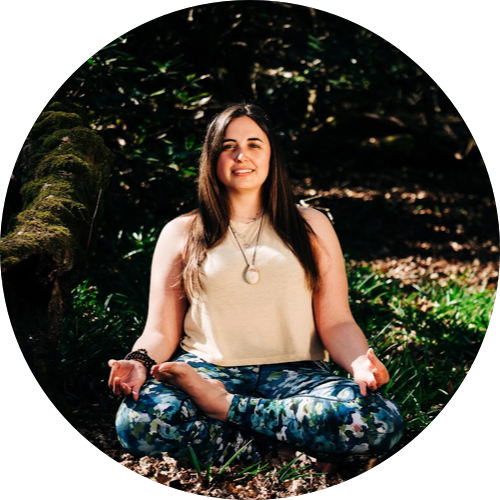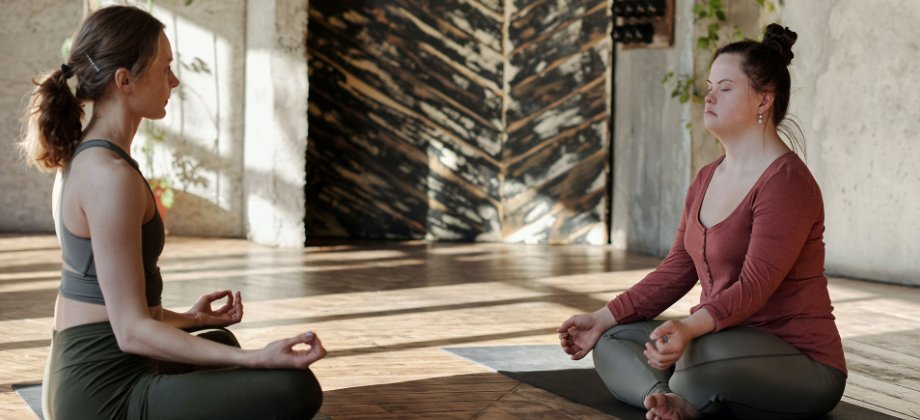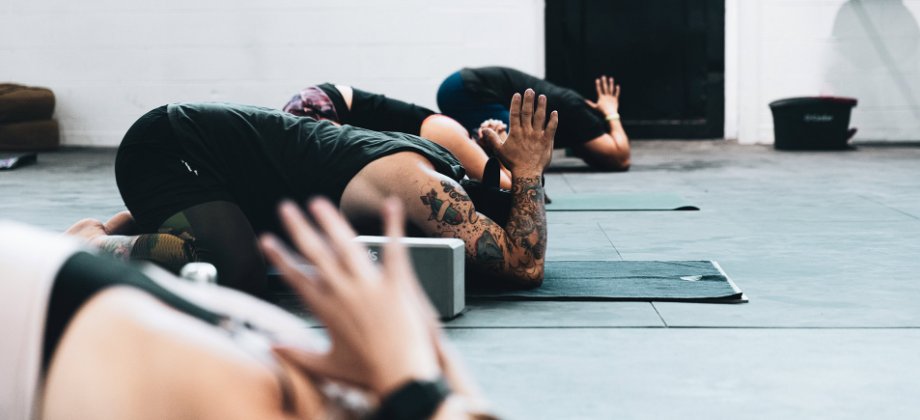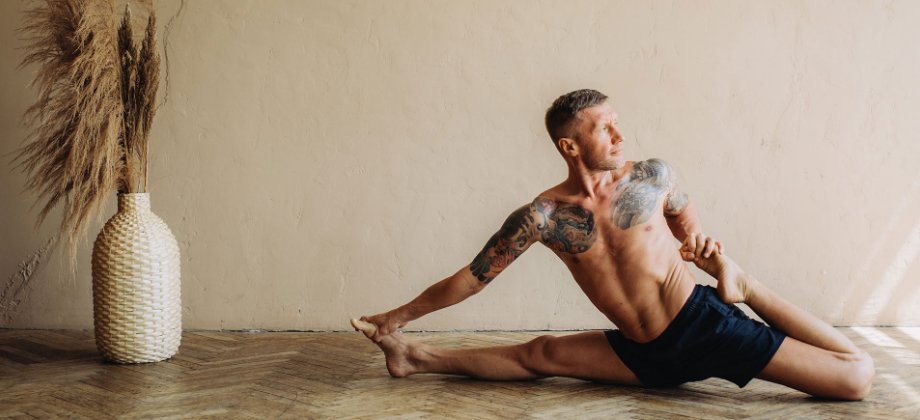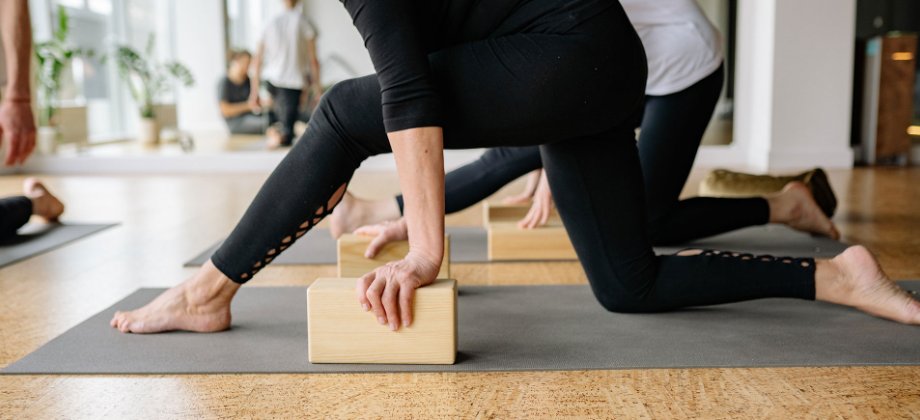
How to Make Your Yoga Class More Inclusive
Every day, we are learning more and more about how different we are. As a result, there is a growing need for inclusive spaces in our communities. Places where we can connect, learn and celebrate our diversity. Places where we can start to heal the gaps created by the pandemic. Places where we feel we are accepted and belong. As Yoga Teachers, we are now in a unique position to provide inclusive spaces in our communities for people to share in the wonders of this ancient practice.
If we can get more people to practise yoga, we can make our communities more cohesive and better places to be.
The beauty of Yoga is that it is a practice that is always evolving; It has transformed from a mostly meditative practice exclusively practised by male communities in the East to a largely female-dominated, movement-based practice in the West. But why is this so important? And why should we be worried about inclusivity in our Yoga classes?
Think about this for a moment; if we can make our classes welcoming and open to all, then more people can gain the physical and mental well-being benefits of Yoga. Over time, more and more people will develop a loving-kindness attitude towards themselves, which will, in turn, radiate outwards towards others. In short, if we can get more people to practise yoga, we can make our communities more cohesive and better places to be. As Gandi puts it, "no culture can live if it attempts to be exclusive”. So how do we make our yoga classes more inclusive? Your Yogis will be grateful for your efforts to try to make things better for them.
How physically inclusive is your class?
Start with the not-so-obvious; how accessible is the venue where you teach? Is there a wheelchair-accessible entrance? Is there a hearing loop system in the hall in which you teach, for hearing aid users? Research how accessible your venue is, and then put these details in the same place as where you put your class information – It makes it easier for those with accessibility needs to work out whether they can access your class, without having to make the extra effort to ask you directly.
How diverse is your class?
I’ve just typed Yoga Teacher into my social media platform, and the first ten profiles that came back were white women. It’s no secret that if only white women are teaching yoga, non-white women and people who don’t identify as a woman are going to feel subconsciously marginalised from this practice. But if you’re a white woman teaching yoga, what can you do?
Start by taking a look at the location of your current classes. The chances are that the location of your classes will play a big role in attracting more diverse students. Is there scope for you to move a class or teach one in an area with a higher proportion of diverse, ethnic groups?
Yoga is not about how it looks; it’s about how it feels—for everyone.
Secondly, the other thing I like to do is called E.A.L - Educate, Apologise and Listen. As Yoga teachers, we know the importance of Self-study (Svadhyaya). Educating ourselves on the struggles that people in our communities face will go a long way towards understanding and supporting them. Apologising for when we make a mistake is not always easy, but it’s okay to get it wrong and admit it, as long as we commit to learning from the experience. It’s better than being afraid to say or do nothing at all! And the best way to know the right thing to do? Listen to the voices from these communities! There are so many unheard, diverse voices out there right now. If we can all make a little more time to listen to them, we will all benefit from a happier community.
What about men or people who don’t identify as a woman feeling included in a largely female class? Do our language choices make these people feel unincluded? We’re becoming more aware of using gender-biased and gender-neutral pronouns, but when we address our students as “guys” or “ladies”, are we unconsciously excluding people who don’t identify with either of these words? Choose your words carefully – I tend to refer to my students as yogis, or students when addressing them as a collective.
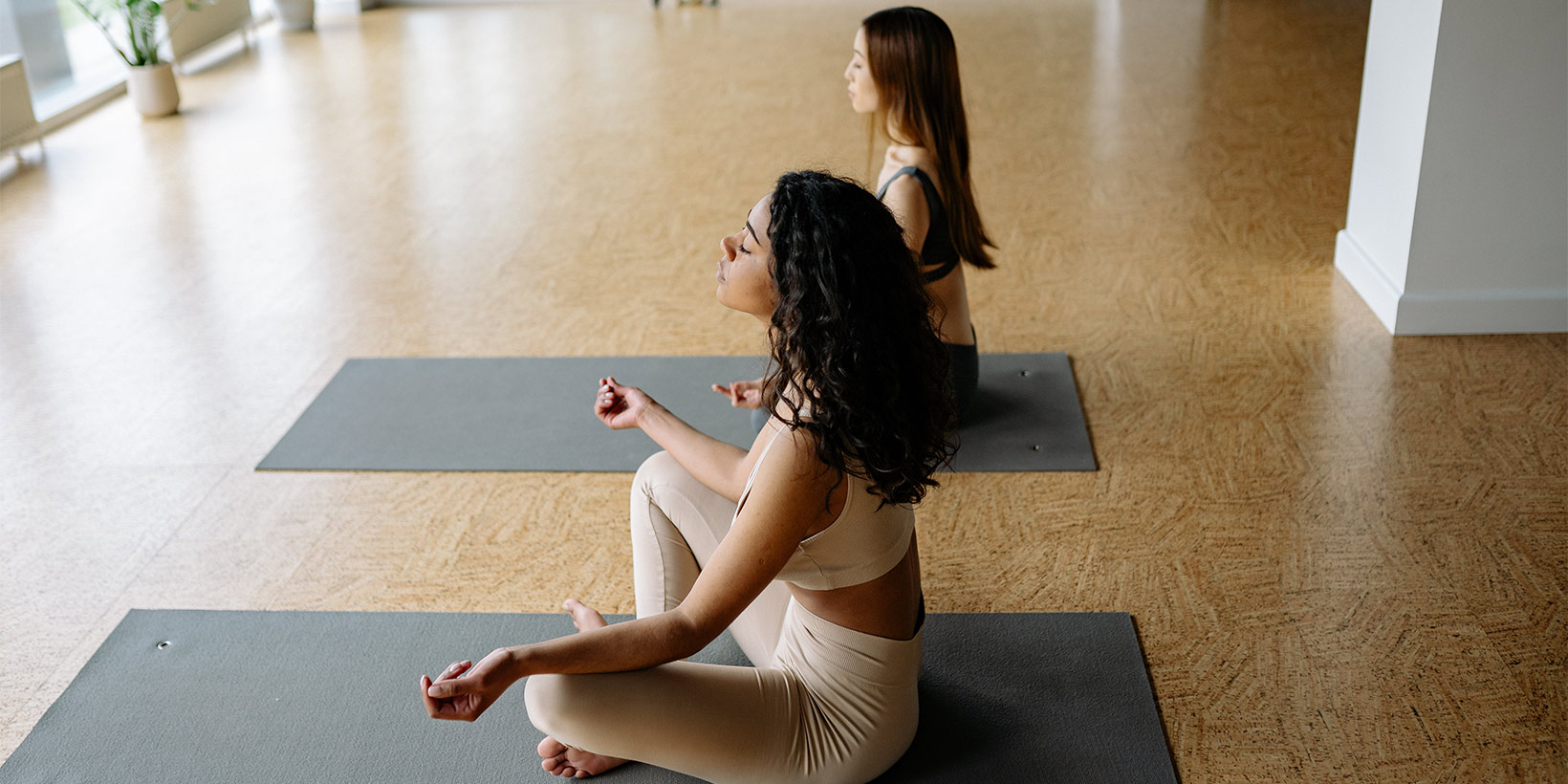
Finally, recognising that we all have negative biases and that these may unconsciously play a role in our Yoga teaching style is important. We talk about non-attachment a lot in Yoga – if you find yourself falling into the trap of trying to teach only one style of yoga, wearing only one particular brand of yoga leggings, or teaching in a particular studio, then you need to ask yourself, who is this for? Is it for my yogis, or is it for me? Do I do this to feel successful? Does it work? Can I teach this pose in a different way? Coming unstuck from our samskaras (habits) is never easy! I am always reminding my students that Yoga is not about how it looks, it’s about how it feels, and this goes for us as teachers, too!
Does your yoga promote a body type?
Body types and the language we use is a big issue in yoga and often the main reason why a lot of people can be put off by yoga. ‘Plus size’, ‘curvy’, ‘larger than life’ and ‘minus size’ or ‘skinny’ can be quite polarising words. The best thing to do is to ask someone if they have a preferred way to be described, or it might be that they don’t wish to be singled out at all! Also, don’t assume just because someone who has less body mass is going to be more flexible than a person who has a bigger body mass. Thin doesn’t equal perfect at yoga! If you want to learn more, there are some fantastic yoga groups out there promoting all body shapes and sizes, so seek them out for further advice if you need to.
What about invisible barriers?
Before I was a yoga teacher, I worked in schools where some of my students were neurodiverse. People who are neurodiverse respond to the world in a different way to others; they can become overwhelmed by things that many others wouldn’t notice, such as lights, smells, colours or even tactile surfaces such as yoga mats. Again, if you encounter this situation in your Yoga class, the best thing to do is just ask the student what helps them and what doesn’t help them. In the United Kingdom, if you teach children’s yoga in a school setting, the child may have an educational health care plan (EHCP), which you could ask to view to see how best to support them.
It’s okay to be exclusive, too!
As with all of these factors, when considering how to make a yoga class more inclusive, it’s important to recognise when something is beyond your experience and skill and refer the student on to an appropriate, specialist yoga teacher. For example, you may know a great yoga teacher in your neighbourhood who specialises in pregnancy yoga, or yoga for under five year-olds. Sometimes, being inclusive means we have to exclude. For example, it may not be appropriate for a student identifying as a male to attend a women’s-only class for victims of abuse, or a wheelchair user may not be able to climb a flight of stairs to your class. There are so many yoga teachers, styles and types of classes out there, and we should use this to our advantage as Yoga teachers. Why not talk to your local neighbourhood yoga teachers and collectively create a ‘pool’ of resources and experiences so that if you are unsure of whether a student will benefit from your yoga class, you can refer them to someone in a place better to support them on their unique yoga journey.
And finally, remember that it is okay to make mistakes and get things wrong. Your Yogis will be grateful for your efforts to try to make things better for them. Don’t be afraid to ask for feedback and act on this. It’s important to recognise that inclusivity in Yoga is such a big subject (I didn’t realise just how big until I tried to write this blog, really!) and you’re not going to be able to create the perfect class that includes all of these areas. As long as we all get started, test ideas and learn from what works (and what doesn’t) we are putting into action the very teachings of yoga that made us all fall in love with this beautiful practice in the first place.
Further Reading
As I was writing this blog, I found the following books really helpful, and if you want to learn more about how to make your yoga classes more inclusive, I suggest you give them a read, too!
- The Yoga Teacher Mentor – Jess Glenny
- Your Body, Your Yoga – Bernie Clark
- The Language of Yin – Gabrielle Harris
